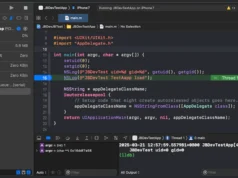WinFiHack is a recreational attempt by me to rewrite my previous project Brute-Hacking-Framework’s main wifi hacking script that uses netsh and native Windows scripts to create a wifi bruteforcer.
This is in no way a fast script nor a superior way of doing the same hack but it needs no external libraries and just Python and python scripts.
Installation
The packages are minimal or nearly none. The package install command is:
pip install rich pyfigletThats it.
Features
So listing the features:
- Overall Features:
- We can use custom interfaces or non-default interfaces to run the attack.
- Well-defined way of using netsh and listing and utilizing targets.
- Upgradeability
- Code-Wise Features:
- Interactive menu-driven system with
rich. - versatility in using interface, targets, and password files.
- Interactive menu-driven system with
How It Works
So this is how the bruteforcer works:

- Provide Interface:
- The user is required to provide the network interface for the tool to use.
- By default, the interface is set to
Wi-Fi.
- Search and Set Target:
- The user must search for and select the target network.
- During this process, the tool performs the following sub-steps:
- Disconnects all active network connections for the selected interface.
- Searches for all available networks within range.
- Input Password File:
- The user inputs the path to the password file.
- The default path for the password file is
./wordlist/default.txt.
- Run the Attack:
- With the target set and the password file ready, the tool is now prepared to initiate the attack.
- Attack Procedure:
- The attack involves iterating through each password in the provided file.
- For each password, the following steps are taken:
- A custom XML configuration for the connection attempt is generated and stored.
- The tool attempts to connect to the target network using the generated XML and the current password.
- To verify the success of the connection attempt, the tool performs a “1 packet ping” to Google.
- If the ping is unsuccessful, the connection attempt is considered failed, and the tool proceeds to the next password in the list.
- This loop continues until a successful ping response is received, indicating a successful connection attempt.




























